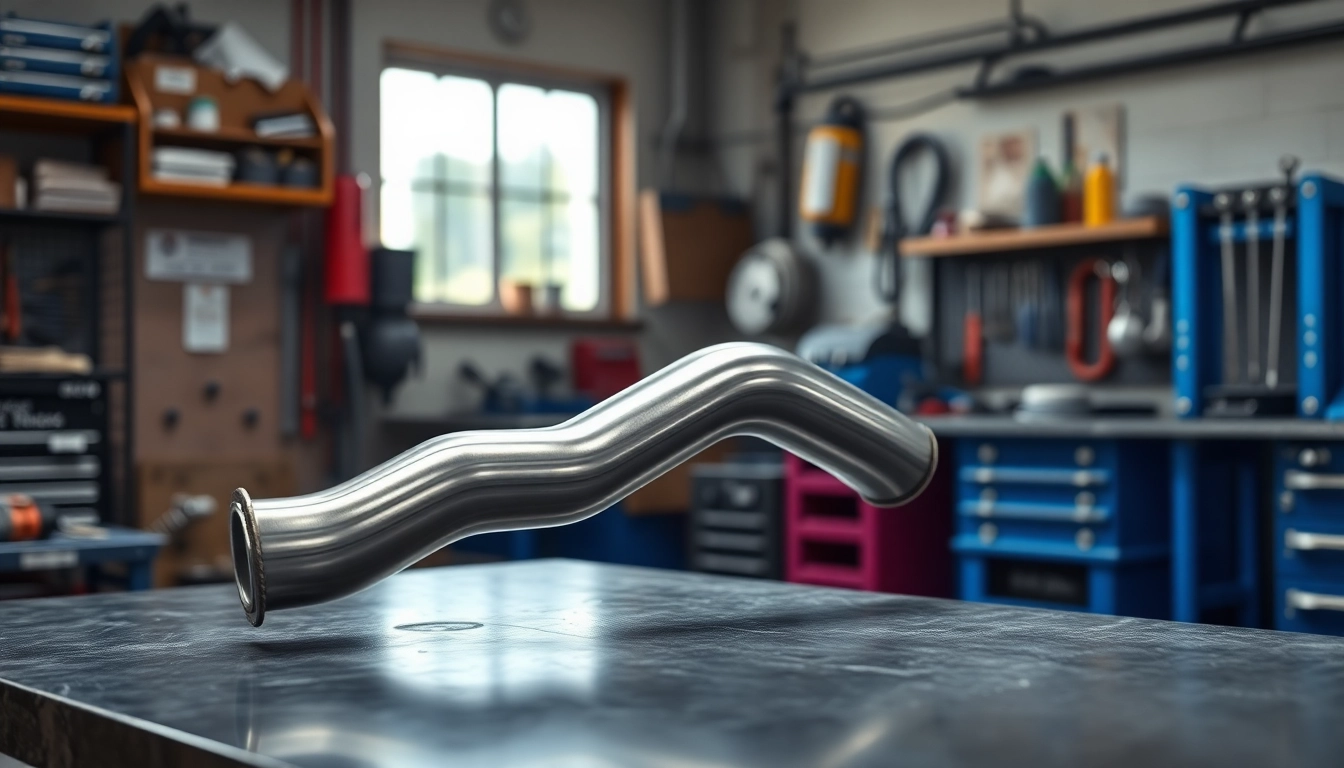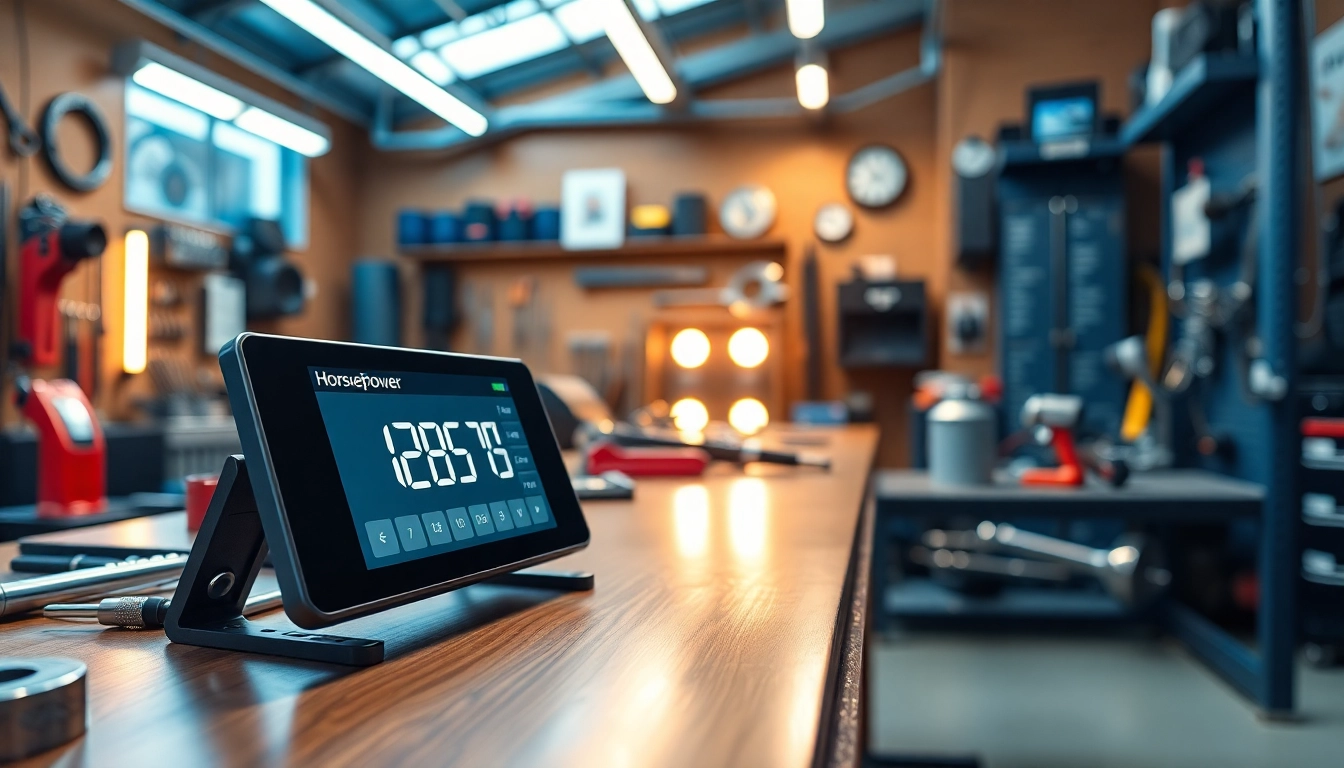What is a Single Midpipe?
Definition and Purpose
In the world of automotive exhaust systems, a single midpipe is a key component designed to connect the exhaust manifold to the exhaust system’s rear section. Its primary purpose is to facilitate the flow of exhaust gases from the engine, ultimately improving performance and sound. Midpipes can vary in design and configuration, but single midpipes are particularly popular among enthusiasts seeking enhancements in their vehicle’s exhaust characteristics without the complexity or weight of a dual midpipe system.
Components and Design Features
The single midpipe typically includes the following components:
- Flanges: These allow the midpipe to connect securely to the exhaust manifold and the rear exhaust section, ensuring a tight fit that prevents leaks.
- Mandrel bends: These are smooth curves in the pipe that minimize turbulence and improve exhaust flow, contributing to better performance.
- Material: Single midpipes are usually made from high-grade stainless steel or aluminized steel, both of which offer corrosion resistance and durability.
- Resonators and mufflers (optional): While not always present, these can be incorporated to help refine sound characteristics or dampen noise levels.
How It Differs from Other Exhaust Configurations
The primary difference between a single midpipe and a dual midpipe configuration lies in the flow design. A single midpipe typically offers a more straightforward route for exhaust gases compared to a dual system, which splits the flow into two parallel paths. This can lead to variations in backpressure, exhaust sound, and performance. The choice between these configurations often depends on personal preference, desired sound profile, and performance goals.
Performance Enhancements with Single Midpipe
Improved Exhaust Flow Dynamics
One of the most significant advantages of a single midpipe is its ability to enhance exhaust flow dynamics. This improved flow can lead to substantial performance gains, particularly in high-performance engines that produce large volumes of exhaust gases. A well-designed single midpipe reduces restrictions and allows for a more efficient evacuation of gases, which can result in quicker throttle response and overall higher power output.
Impact on Engine Performance and Sound
The impact of a single midpipe on engine performance and sound is multifaceted. Firstly, it can dramatically alter the engine’s exhaust note, often producing a deeper and more aggressive sound that is sought after by many automotive enthusiasts. Secondly, while sound enhancement is a popular aim, it is accompanied by tangible performance improvements. Owners often report increases in horsepower and torque, particularly when a single midpipe is paired with other performance modifications such as upgraded downpipes or header systems. These enhancements create a more engaging driving experience.
Analyzing Backpressure Reduction
Backpressure is a critical factor in optimizing engine performance. A single midpipe is designed to minimize backpressure compared to stock configurations, allowing the engine to expel exhaust gases more freely. This can lead to improvements in both efficiency and performance. Understanding your vehicle’s exhaust flow and how a single midpipe affects it can be pivotal when aiming for peak engine performance. A correctly tuned exhaust system, including a single midpipe, can enhance power output and throttle response significantly.
Choosing the Right Single Midpipe for Your Vehicle
Factors to Consider for Compatibility
When selecting a single midpipe for your vehicle, several factors contribute to ensuring compatibility:
- Vehicle Make and Model: It’s essential to choose a midpipe that’s specifically designed for your vehicle’s make and model to ensure proper fitment.
- Installation Style: Consideration of whether you prefer a bolt-on solution or a welded setup can influence your choice.
- Performance Goals: Depending on your desired outcomes—be it sound enhancement, weight reduction, or performance increases—you should choose a midpipe that aligns with your goals.
Materials Used in Single Midpipes
Quality materials significantly affect the longevity and performance of a single midpipe:
- Stainless Steel: Renowned for its resistance to corrosion and overall durability, stainless steel is the preferred material for performance midpipes.
- Aluminized Steel: While more affordable, aluminized steel is less resistant to rust and might not offer the same longevity as stainless steel, making it ideal for budget builds.
Evaluating Sound Preferences and Requirements
The sound produced by a single midpipe can greatly influence your driving experience. Different midpipes offer varying sound characteristics, from a deep throaty roar to a more subdued tone. When evaluating sound preferences, consider:
- Your personal sound preference—do you favor aggressive exhaust notes or something more subtle?
- The type of driving you’ll be doing most often—track days may favor louder options, while daily driving could benefit from a quieter system.
- Potential local noise restrictions—some areas may have laws regarding permissible sound levels from vehicles, which could influence your choice.
Installation Process and Best Practices
Tools and Equipment Needed
Installing a single midpipe can be a straightforward process, but having the right tools is essential. Common equipment required typically includes:
- Socket Set: For removing and securing bolts.
- Wrenches: Adjustable wrenches may be necessary, depending on your vehicle’s setup.
- Jack and Jack Stands: These provide access under the vehicle, ensuring safety while you work.
- Exhaust Hangers: To support the midpipe during installation.
- Torque Wrench: To ensure bolts are tightened to the manufacturer’s specifications.
Step-by-Step Installation Guide
Here’s a simplified guide to installing a single midpipe:
- Before starting, disconnect the battery to prevent any electrical issues.
- Raise the vehicle using a jack and secure it with jack stands, ensuring ample workspace.
- Remove the existing midpipe by loosening the flanges at both ends and detaching any hangers or brackets.
- Fit the new single midpipe in place, ensuring the flanges align correctly and securely.
- Reconnect any hangers, ensuring that the midpipe is supported properly.
- Reconnect the battery and start the vehicle to check for leaks or improper fitment.
Common Mistakes to Avoid During Installation
During any installation process, avoiding common mistakes is crucial for success:
- Failing to measure and ensure compatibility with your specific make and model can lead to misfit.
- Not using the correct torque settings can result in leaks or premature failure of the midpipe.
- Neglecting to check for hangers and brackets can lead to unsupported sections of the exhaust, causing vibrations or noise issues.
Maintaining Your Single Midpipe for Longevity
Routine Checks and Cleaning Tips
To ensure the longevity and effective performance of your single midpipe, regular maintenance is essential. Here are some best practices:
- Conduct visual inspections for rust, corrosion, or damage at least once every few months.
- Keep the midpipe clean from road grime and debris. A simple wash with soap and water, followed by a thorough rinse, can help maintain aesthetics and performance.
- If dirt or buildup is present, consider using a non-abrasive cleaner designed for exhaust components.
Signs of Wear and When to Replace
Being aware of signs indicating your single midpipe may need replacement is critical:
- Unusual noises, such as rattling or droning, can indicate that the midpipe is not securely fastened or has structural defects.
- Visible cracks, holes, or significant rust are clear indicators that the midpipe has reached the end of its useful lifespan.
- Reduced engine performance or changes in sound quality may signal that the midpipe is obstructed or not functioning as intended.
Enhancing Durability through Proper Care
Enhancing the durability of your single midpipe comes down to proper care:
- Applying a high-temperature ceramic coating can provide added durability and resistance against corrosion.
- Avoid driving through deep puddles or mud, as this can accelerate the onset of rust and damage to the exhaust system.
- When parked, consider the environment—try to avoid areas with high salinity or environmental pollutants that could degrade the metal.



